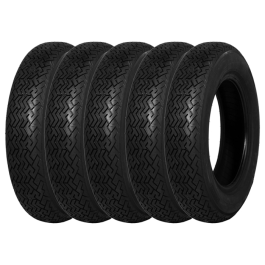Dougal Cawley
Active Member
oo i think they are big. have a look on here.

 www.longstonetyres.co.uk
www.longstonetyres.co.uk
i think OE was 185/70R14 which had a 614mm diameter. And i think 175/70R15 CN36 will be a nice alternative. If you look at the bottom of the linked page you will see a table of dimensions for the 15" CN36

175/70R15 PIRELLI CINTURATO CN36
PIRELLI CINTURATO CN36 175/70R15 tyres are premium classic performance tyres, providing progressive, sporty handling, an impressive W-speed rating, and an authentic classic tyre look. The PIRELLI CINTURATO CN36 175/70R15 is developed in sympathy with 70s, and 80s car chassis, creating the best...
i think OE was 185/70R14 which had a 614mm diameter. And i think 175/70R15 CN36 will be a nice alternative. If you look at the bottom of the linked page you will see a table of dimensions for the 15" CN36
